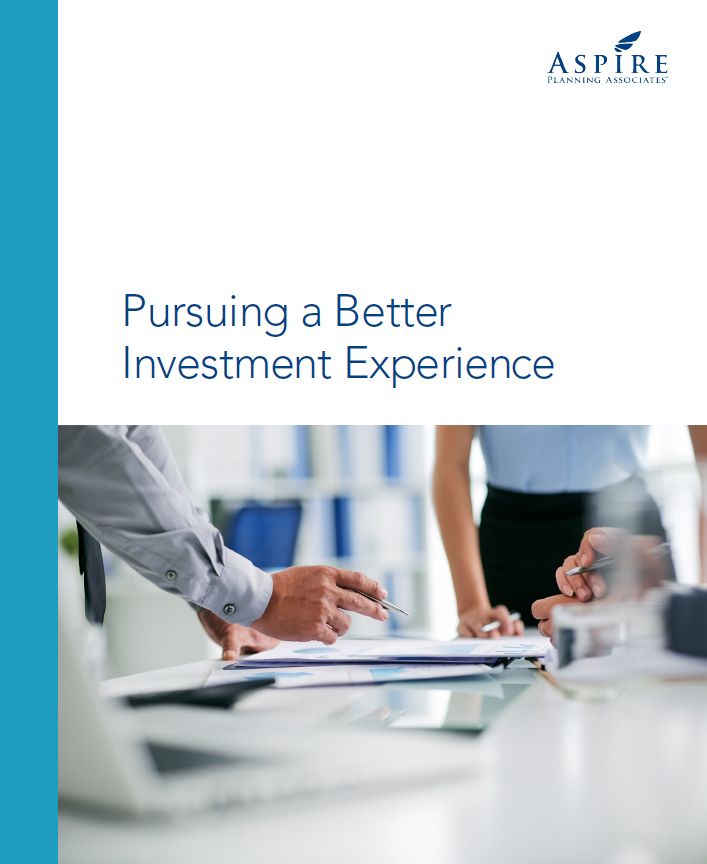A common question we get from potential clients is “How are you going to invest our money?” This is a reasonable question, but it’s not an easy one to answer in a sound bite, so here is a slightly longer explanation.
Our strategy in constructing your portfolio begins with an evaluation of two factors: your goals and your tolerance to assume future risk. Knowing these factors is necessary in putting together a coherent portfolio that maximizes the chance of achieving your goals. The portfolio does not exist in a vacuum. It is there to provide the funds when you need them for your goals.
Once we evaluate these factors, we put together a portfolio using a combination of publicly available mutual funds; funds from Dimensional Fund Advisors (DFA) available only to qualified advisory firms; and, occasionally, non-public real estate investment trusts (REITs) if appropriate. We focus on funds that have low internal expenses. We have a well-defined investment process and periodically review each of the mutual funds used in our portfolios to ensure they remain a good fit.
Our goal in defining an investment strategy is to have one that is both flexible and efficient. It needs to be flexible to handle specific client situations yet efficient so portfolios can be created in a timely manner. The resulting portfolios are designed to participate in returns during positive markets and to limit losses during market downturns relative to broad stock benchmarks.
Our 4-Step Process
Here is a step-by-step description of our process:
- First, we assess your ability to tolerate risk. Some people define risk as the amount of money they are willing to see their portfolio decline before acting. As an example, let’s say you have a portfolio value of $10,000. If you are risk tolerant, you may be willing to see the value drop to $7,500, or 25%, before you get concerned. If you are risk averse, you may be willing to tolerate a drop of $1,000, or 10%, to $9,000. Other people may view risk as the amount of volatility they see on a short-term basis, such as a quarter, month, or even a week.
Understanding your tolerance is critical to building a proper portfolio. To realize the potential gains in the portfolio over time, it’s necessary to be committed to the original strategy unless your goals or your ability to tolerate risk have changed. To determine your risk tolerance, we begin by asking a set of questions, then discussing the responses to arrive at an agreement on how much risk you can handle.
- Next, we choose the asset allocation for the portfolio. The asset allocation is the percentage of your portfolio invested in different asset classes, such as large cap U.S. stocks, large cap foreign stocks, or U.S. Treasury bonds. The allocation plays a significant role in setting the amount of short-term volatility experienced by the portfolio.
We have defined a set of model portfolios for conservative, moderate, and growth investors. Using the results from your risk tolerance assessment, we select one of these models as a starting point for portfolio construction. We then make adjustments to the percentage allocations and fund selections to customize the portfolio. For example, we may add specific alternative mutual funds such as global long-short, managed futures funds or a non-public REIT to lower the correlation of the portfolio against a broad stock market index such as the S&P 500 or the Russell 3000.
- The next step is to decide where to place each asset. If the portfolio consists of more than a single account, then the final step before implementation is to decide where to place specific mutual funds.
We offer to link your outside investment and retirement accounts to our firm’s reporting platform at no charge. Doing so allows us to have visibility into the entirety of your holdings, whether managed by our firm or not, and to locate specific funds in specific accounts that can lead to increased net after-tax returns.
- Last, we place the trades to create your portfolio. When these steps are completed, the portfolio can be put in place by selling any undesirable securities and purchasing the selected mutual funds to populate the proposed portfolio allocation.
In most instances, this cannot be done all at once due to the tax implications of selling assets or the desire to maintain legacy assets such as those inherited from family members. We understand these concerns and will work with you to transition from the current portfolio to the recommended one over time.
It must be noted that no investment strategy or process can guarantee future returns. Whether you invest on your own or in partnership with a trusted advisor, we at Aspire strongly recommend that you consider following these steps or an alternative process as you begin or continue an investment program.
.




